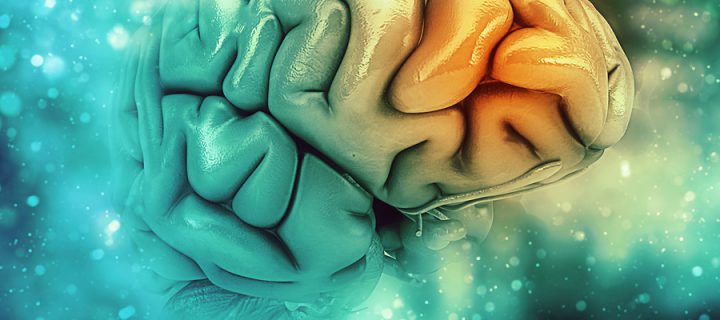There are many types of dementia – one of those is Frontal Lobe Dementia. What makes this form different from other types of dementia?
Many people do not realize that there are many different forms of dementia. Each form is different depending on the part of the brain affected and the symptoms it causes. Frontal lobe dementia accounts for as many as 15% of dementia cases and it differs from Alzheimer’s, the most common form of dementia, in some distinct ways. Keep reading to learn more.
What is Frontotemporal Lobe Dementia?
Also known as frontotemporal dementia, frontal lobe dementia is a type of dementia that affects the frontal lobes of the brain, causing them to shrink, or atrophy. Though the symptoms sometimes overlap with those of Alzheimer’s, signs of frontal lobe dementia typically appear between the ages of 45 and 65 while most cases of Alzheimer’s begin showing symptoms after 65.
Related: What is Pick’s Disease?
This type of dementia affects the parts of the brain responsible for inhibition and behavior regulation and may cause changes in personality, but it doesn’t usually lead to memory loss.
What Are the Signs of Frontal Lobe Dementia?
Frontal lobe dementia usually starts to develop around the age of 45 and changes in personality and behavior are the most common signs in the beginning. Though every case is different, the disease becomes easier to distinguish from other forms of dementia as it progresses. Symptoms often develop in clusters, starting with personality changes such as an increase in impulsive behavior, apathy or indifference, and socially inappropriate behavior.
Related: Early Signs of Dementia Checklist
Many people with this form of dementia struggle with gambling or binge eating and the apathy that often comes with it may cause a normally active person to suddenly become a couch potato.
Though frontal lobe dementia doesn’t usually cause memory loss in the early stages, it may lead to other cognitive and neurological changes similar to the signs of Alzheimer’s. These may include difficulty with language or speech, problems concentrating or making plans, challenges with movement and balance, and using the wrong tool for the wrong task.
As the condition progresses, it can lead to memory loss in the later stages and many people with advanced frontal lobe dementia have more problems with speaking or understanding speech than do people with Alzheimer’s.
Treatment Options for Frontal Lobe Dementia
As is true for other forms of dementia, there is no cure for frontal lobe dementia. This condition can be managed with treatments to relieve certain symptoms, but there is no way to slow the progression of the disease.
Antidepressant or antipsychotic medications can be prescribed to deal with behavioral symptoms and speech therapy can help with language problems. In the final stages of the disease, patients usually require 24-hour care and the survival rate after diagnosis is only 6 to 8 years.
All forms of dementia are serious and it can be heartbreaking to watch a loved one suffer through them. If someone you love is displaying changes in behavior or personality after the age of 45, consider speaking to a doctor about your concerns. You may not be able to prevent or slow the progression of the disease, but you might be able to manage the symptoms so your loved one can maintain a higher quality of life.
Photo credit: kjpargeter/Bigstock












